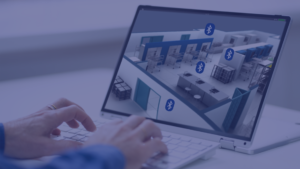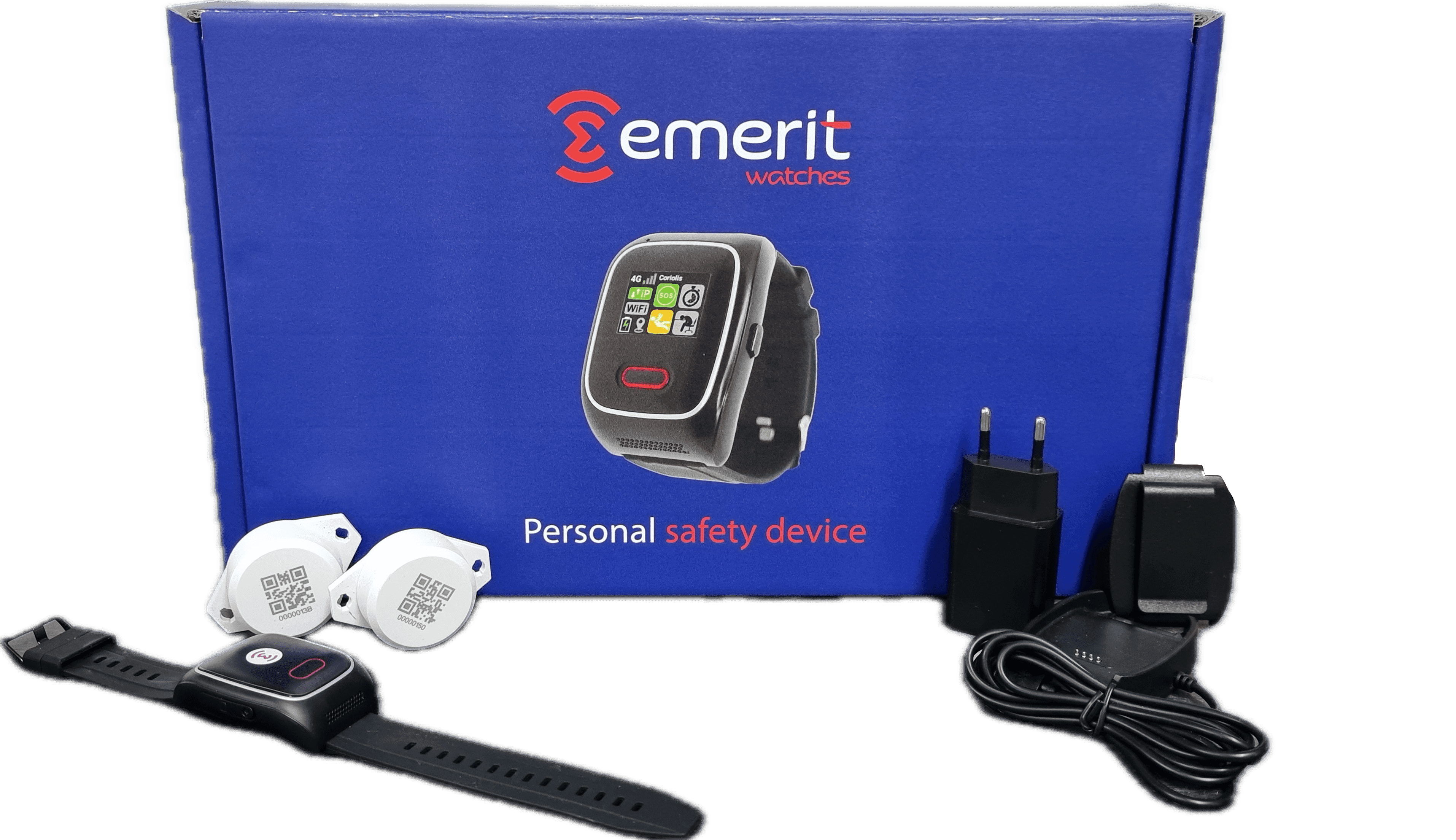In many workplaces, Wi-Fi connection has become a necessity for lone workers, particularly those operating in indoor areas, where GSM networks are unavailable. This lack of GSM coverage can be the result of various obstacles such as metal walls, distant rural areas, basements, or other similar architectural configurations.
Sectors concerned: activities such as the pharmaceutical sector, factories, warehouses, industrial sectors, retail outlets and hospitals are among those reaping significant benefits from the use of Wi-Fi for employees exposed to high-risk situations. For the retail and hospital sectors, the integration of this technology can also be combined with specific solutions, such as a mode to prevent aggression underlining the importance of the increased security provided by these systems.
The strategig advantages of WiFi for the safety of lone workers
WiFi as a way of connecting personal alarm devices ensures uninterrupted connectivity in buildings where the mobile phone network may be limited or non-existent. For employees in isolation, this means constant communication, which is crucial to their safety.
It can be connected to an existing secure network, avoiding the costs associated with individual SIM cards for each device. Centralised management of the WiFi network also enables simpler control of connected devices and security protocols.
For mixed indoor/outdoor use, the WiFi connection also offers an intelligent combination with the mobile phone, acting as a relay when the GSM connection is unavailable. WiFi coverage is a major advantage, and when it is not optimal, the network can be easily extended to meet requirements by adding WiFi access points in the workplace, which can be configured by the user company’s IT department.
Optimising safety for lone workers thnaks to advanced wifi functionalities
In addition to basic personal safety devices functions such as the SOS button and the fall detection system, product innovations provide access to more advanced functions based on WiFi technology:
- IP data transmission via the SIA DC 09 protocol enables the device to be integrated with a dedicated server for remote monitoring and the use of specialised software.
- Voice over IP (VoIP) via a SIP account represents a major step forward in terms of security. Making VoIP calls via a WiFi network opens direct voice communication between isolated employees and their colleagues or service providers such as alarm monitoring centre. This considerably improves the responsiveness and efficiency of emergency teams when a critical situation arises. Furthermore, the transmission of SIP messages between connected devices offers the mutual protection function, as detailed in our article dedicated to this feature.
- In order to improve indoor location where WiFi access points are limited, it is possible to combine WiFi-based positioning with Bluetooth beacons for valuable location information, as explained here.
The example of using WiFi as a communication solution in laboratories
In the context of laboratories, where working alone is often unavoidable, the safety of lone workers is becoming a major concern. The integration of the WiFi network for lone worker safety devices represents a considerable advance in the protection of the employees.
The use of “traditional” technologies such as the GSM network can sometimes be insufficient in this type of place. It therefore requires appropriate solutions to guarantee communication without compromising security. Technologies such as WiFi and VoIP provide secure means of communication that meet the specific needs of these high-risk environments.
To meet the needs of lone workers in this type of situation, Magneta offers a range of robust, waterproof products with WiFi connectivity.
Types of personal alarm devices:
Focus on the Emerit watch
The e-WG100 watch represents a major advance in personal safety. It offers WiFi connectivity, enabling users to stay connected and access advanced features, even in environments where other means of communication may be limited.
Thanks to this WiFi connectivity, the watch offers rapid access to direct communication with other compatible devices and the ability to send alerts in real-time when needed.
For example, connect the watch to a supervision server using the SIA DC 09 protocol, or make VoIP calls, enhancing the safety of lone workers while providing essential peace of mind in challenging working environments.
Find out more here: e-WG100 watch.
What you need to remember
Integrating WiFi into environments where lone workers are operating without GSM connection offers several benefits, including reliable connectivity, extended coverage and advanced features that enhance employees’ protection.
WiFi can be integrated with other security technologies and offers features such as VoIP, precise indoor location, and mutual-device communication, maximising the safety of on-site workers.
For laboratories and, the adoption of WiFi and VoIP guarantees secure and efficient communication, which is essential for the safety of collaborators on sites where there is a risk of explosion.
Finally, the adoption of WiFi in these specific contexts represents much more than just an alternative communications solution; it is becoming an essential component in the safety, responsiveness and protection of workers operating in areas where traditional mobile connectivity is limited.






